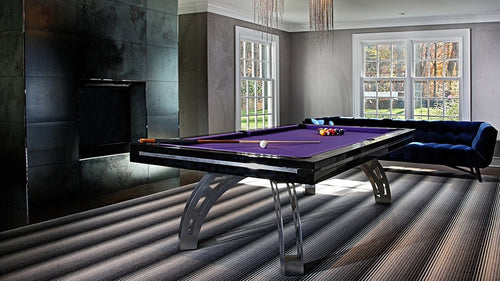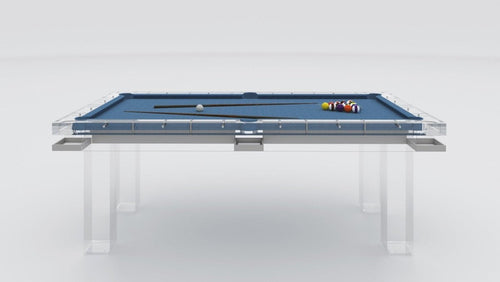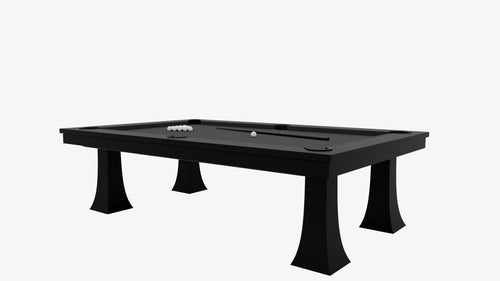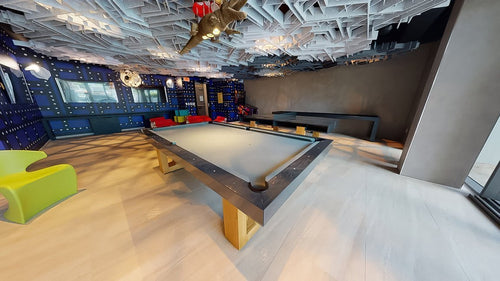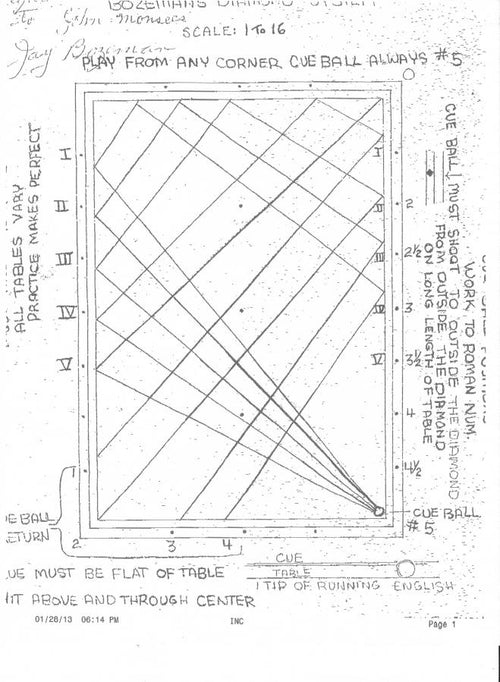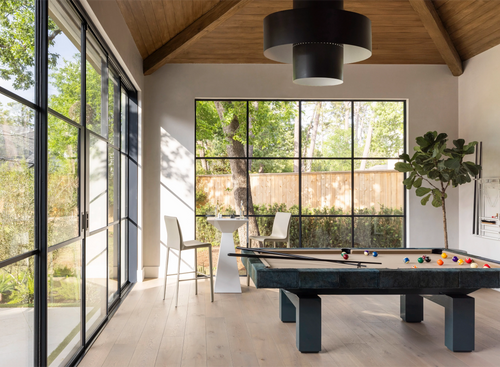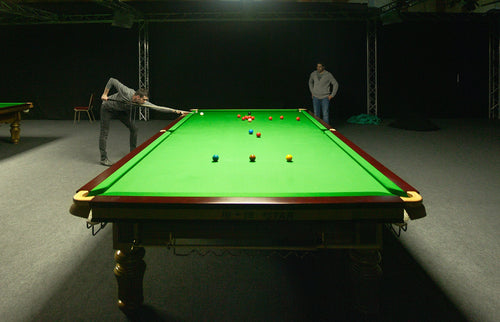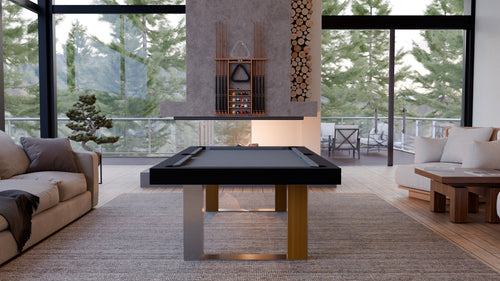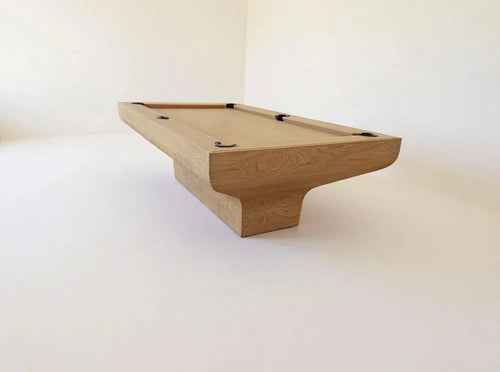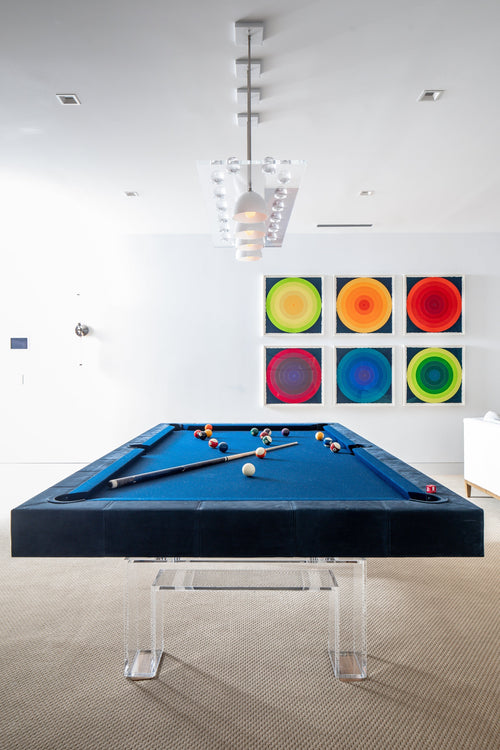Enjoy our modern designs
Estimated Read Time: 5 mins |
Introduction
Bowlliards fuses the familiar mechanics of bowling with the precision of pocket billiards. Lauded as a “quite interesting solitary exercise,” it challenges players to rack up perfect “games” frame by frame, pocket by pocket. Whether you’re honing your stroke solo or competing with friends, Bowlliards turns every rack into a strike—or spare—opportunity.
Equipment & Setup
- A standard pocket billiard table with cue ball plus ten object balls
- Balls racked in a triangle on the foot spot, with the 1-ball at the apex
- Cue ball placed in hand behind the head string at the start of each frame
How to Play
Each frame mirrors bowling’s structure. You get two innings (shots) to pocket all ten balls:
- First shot must be aimed at the 1-ball on the foot spot
- Any legally pocketed balls stay down; object balls remain where they land
- After your first shot, you may target any remaining balls
A clean clearance of all ten on your first inning scores a strike. Pocketing the remaining balls on your second inning delivers a spare. Missed balls leave an open frame, scored as in bowling. In the tenth frame, strikes award two extra innings, spares one—just like on the lanes.
Scoring Details
- Frame scores follow bowling rules: strikes add the next two balls’ values, spares add the next ball’s value, open frames simply total pocketed points
- Ball values correspond to their numbers, with the 10-ball worth ten points
- Highest possible game score is 300, mirroring bowling’s perfect game
Fouls & Penalties
- Cue ball must contact an object ball or the inning ends immediately
- Illegally pocketed or jumped balls are spotted back on the table with no penalty beyond ending your inning
- Cue-ball scratches or jumps grant the incoming player ball-in-hand behind the head string
- No point deductions for fouls, but pocketed balls in that frame don’t count
Why Bowlliards Shines
Bowlliards stands out for its built-in progress tracking: you can chart your average scores, chase a perfect 300, and compare “bowling” metrics—all through your pool strokes. It’s equally suited for solo practice or friendly competition, offering a clear, measurable goal each frame. The familiar rhythm of bowling coupled with cue-sport skill keeps players engaged and motivated to improve.
Conclusion
By borrowing bowling’s frame-by-frame scoring and transplanting it onto a pocket billiard table, Bowlliards delivers a refreshing, goal-oriented twist. It’s a perfect practice tool for solo players aiming to track improvement—or a fun side challenge when friends gather. Rack up those strikes and spares, and see if you can roll—or rather, chalk—your way to a perfect 300.



